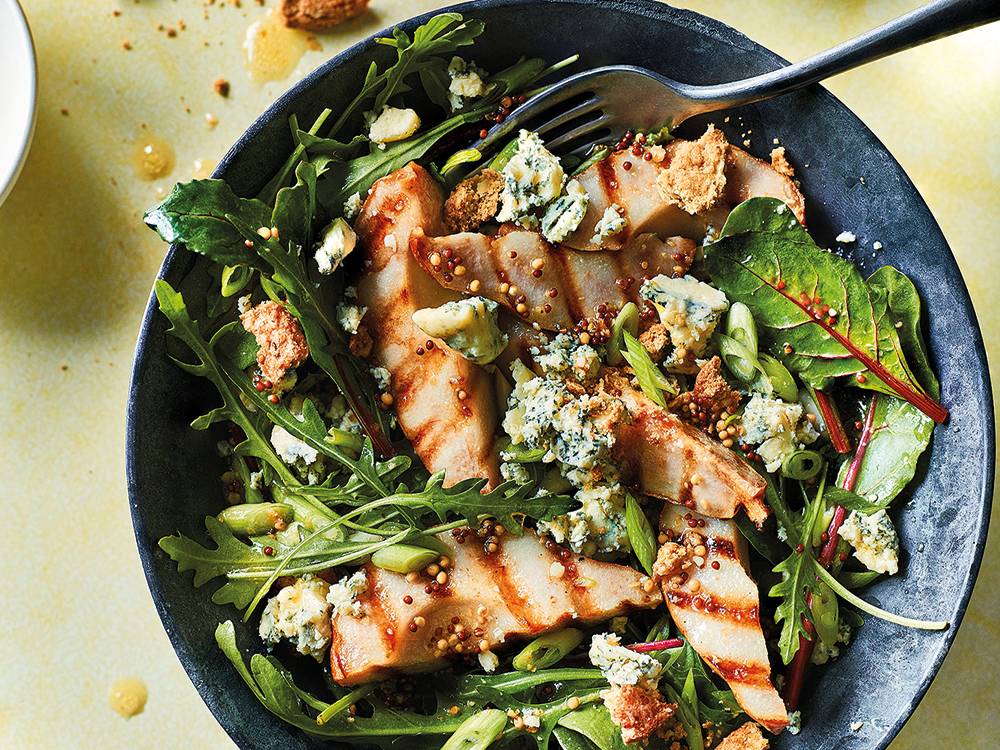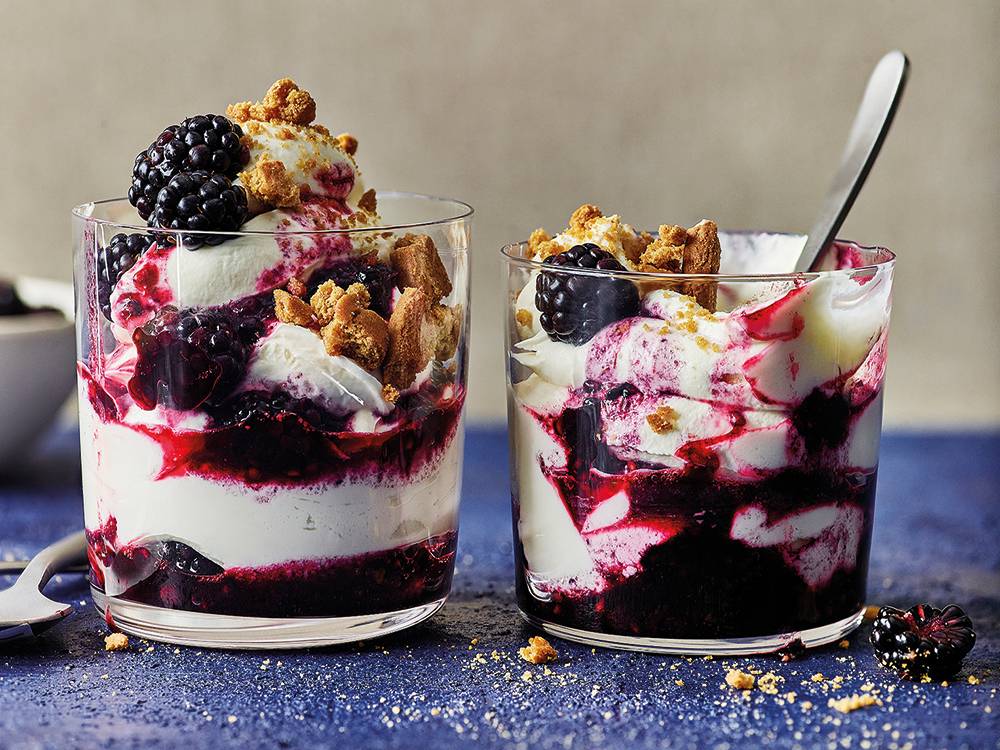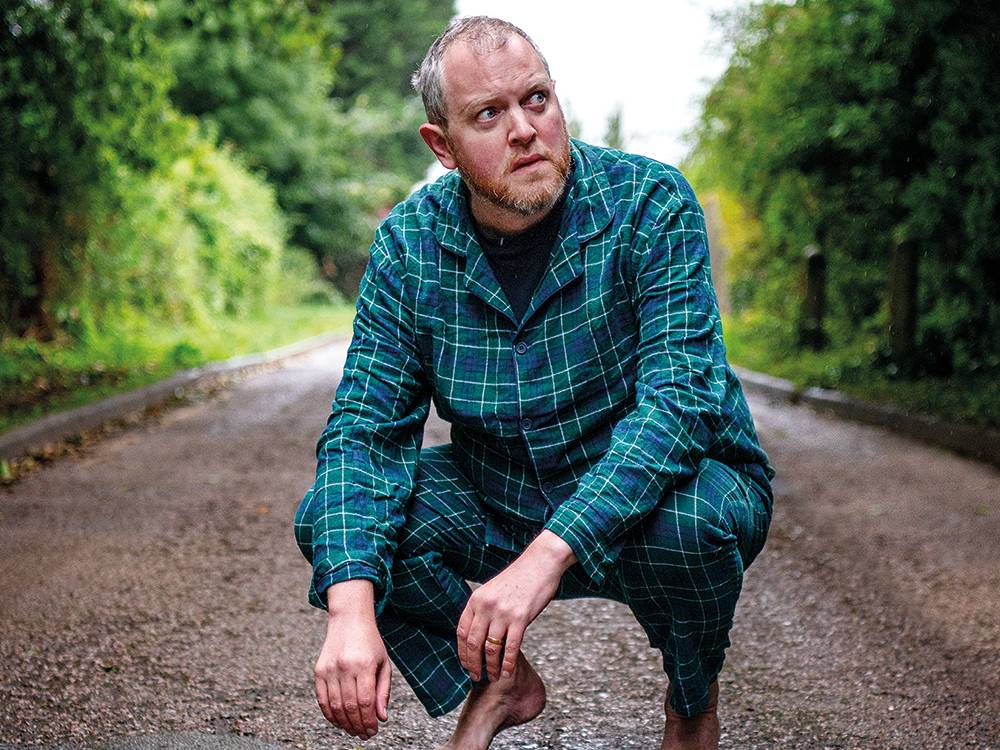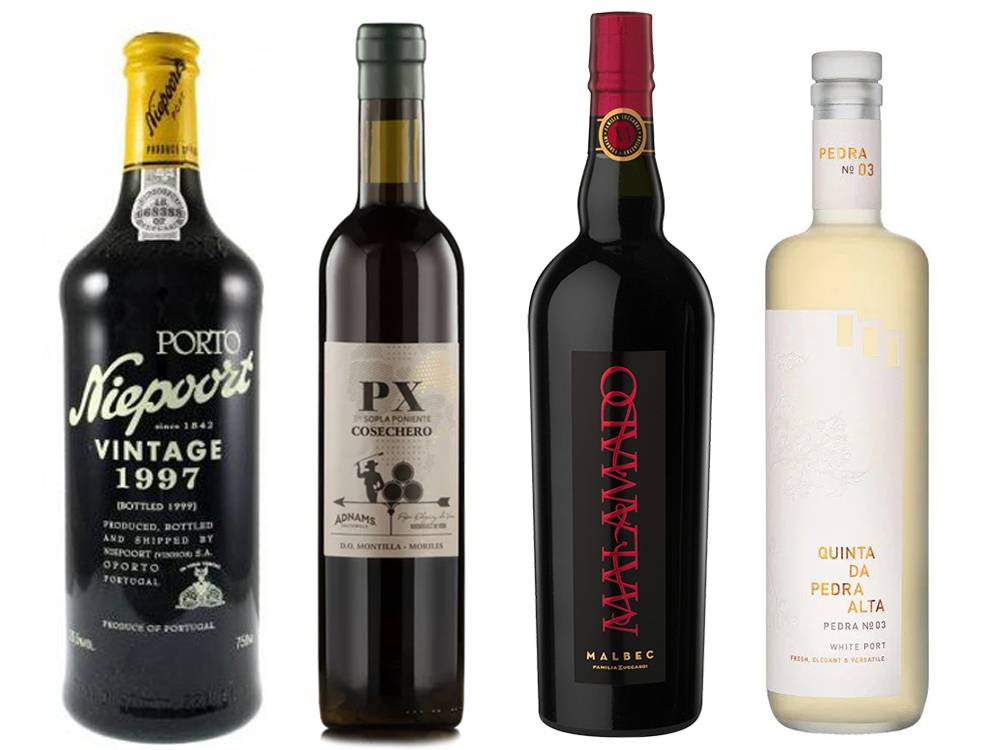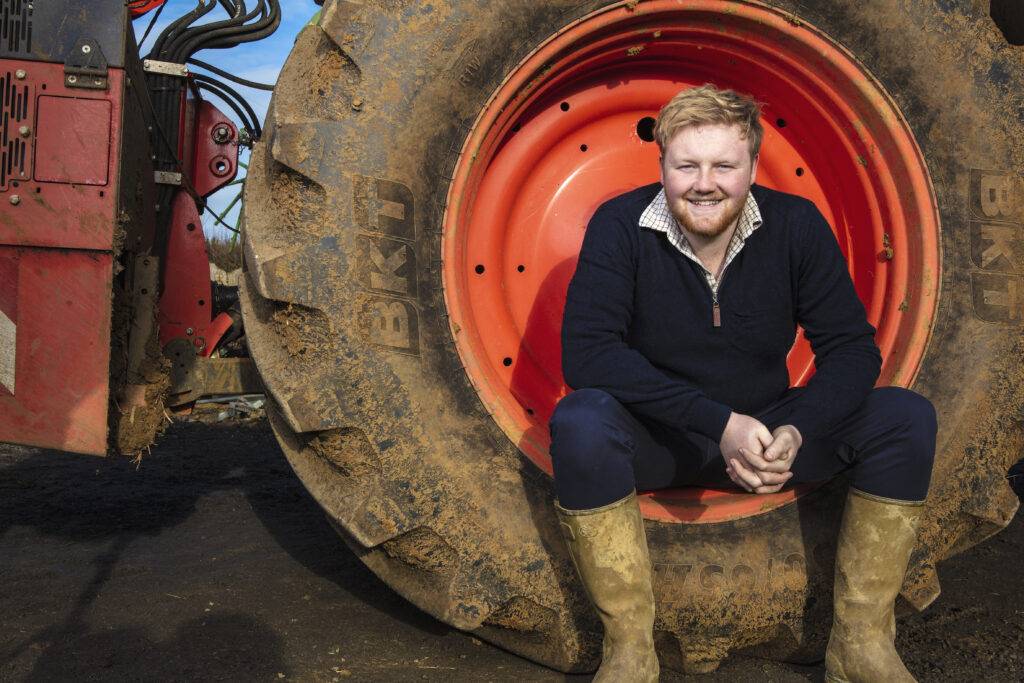If you or a loved one benefit from care whether on a daily or occasional basis you’ll value the importance of the carer in your life
Rewarding is the word most often used to describe what it means to be a carer, whether it’s just playing cards, a trip to the shops or attending to medical needs, what you do as a carer can make a real difference to someone’s life.
As the population grows and we live to a greater age – there are now more over 65s than under 5s – there is an increasing need for carers in all sectors. Whether you are enabling someone to continue living in their own home or supporting an older person with greater care needs in a nursing home, as one carer puts it “you’re not just a care professional, you become part of a family”.
No two days are the same and while it may sound like a cliché, the constantly changing needs of those you care for make each day one of discovery as you learn more about them and make connections. You’ll soon find many have interesting stories to tell.
Caring is more of a vocation than a job, which is why Dianne Downard has developed a keen instinct when it comes to interviewing potential new recruits at Goring Care. She has worked with the family care business, owned and directed by the Northeys, for more than 25 years, covering caring, cooking and leading the specialist team.
“You are called to this work and have to care about it and be committed, otherwise it won’t work,” says Dianne. “We offer personal care for those who need it, whether that’s help with bathing, showering, managing continence, food or mobility. We also offer palliative care, so we can meet clients’ needs right to the end.”
Families make contact with the Goring Care team to see whether they can meet the needs of an older person, who is assessed to find out whether dementia is a factor and plan the earliest possible support. “I love working with residents with dementia,” adds Dianne, who lives in Didcot. “It’s about making them feel they’re still important and valued as human beings. Whether they remember your name or to say thank you doesn’t matter. You’ve done something to improve their quality of life. We call them ‘butterfly moments’. Everyone deserves to feel safe and loved all the way through their life, as you’d want for your parents or grandparents.”
Having worked in reablement, learning disabilities, end-of-life care, and dementia specialist roles, Susie Long chose to join BelleVie Care which operates across Oxfordshire, bringing two decades of experience to a rewarding role. She was drawn to BelleVie’s person-centric approach and commitment to exceptional care.
The team, carefully selected for their passion and alignment with BelleVie’s values, reflects a diverse range of interests, from studying environmental studies to participating in local drama groups, singing, dancing, cooking, personal development, and travel.
Susie emphasises the importance of recruiting caregivers exclusively from the communities served, fostering a strong local connection.
She envisions BelleVie Care as a beacon of hope, not only for those they support but for those aspiring to work in the care sector and aims to transform the perception of care roles by advocating for excellent working conditions, providing support and training, and ensuring fair wages.
For Susie, BelleVie is not just a care provider; it’s a community where caregivers go the extra mile to ensure the well-being and happiness of those they serve. The emphasis on quality mentoring, coaching, and training reflects the commitment to delivering first-class support and enabling caregivers to thrive.
This month sees You Can Care Week, an annual event dedicated to raising awareness about careers in social care and inspiring others to consider getting involved in the social care sector and embarking on a fulfilling and rewarding role.
The week-long campaign shines a light on the essential work carers do day in, day out and the immense influence they have on not just the lives of those they care for but on their families and communities too. There is a growing demand for care workers and the week aims to attract more to the profession and explore the career opportunities it presents not just as a care assistant but also as support workers and social workers.








